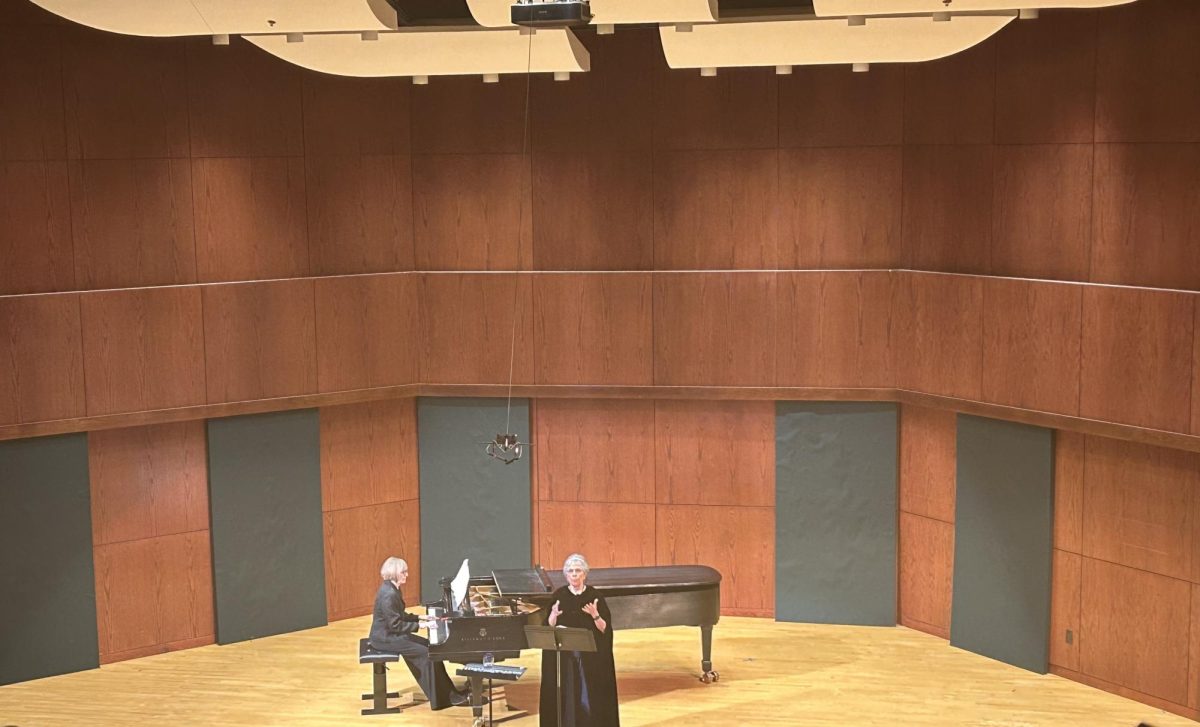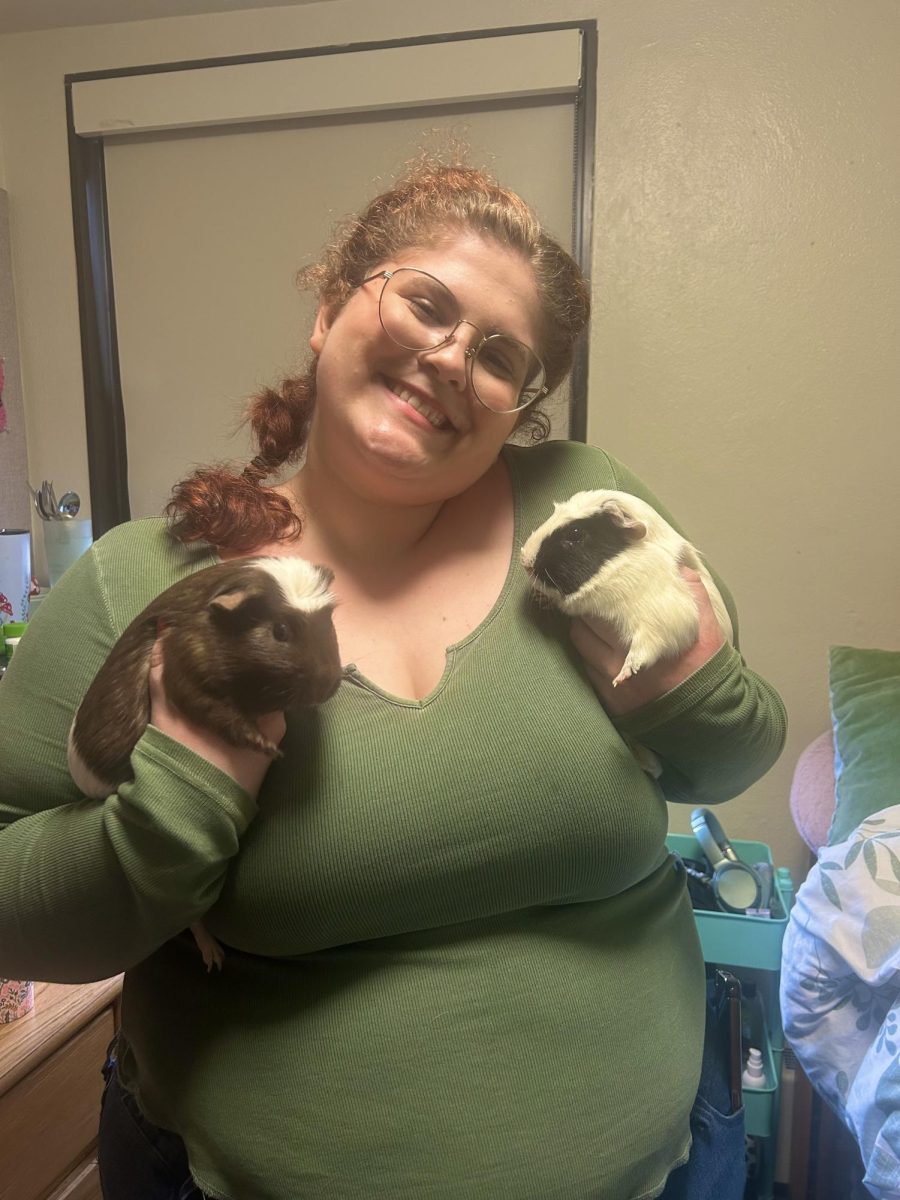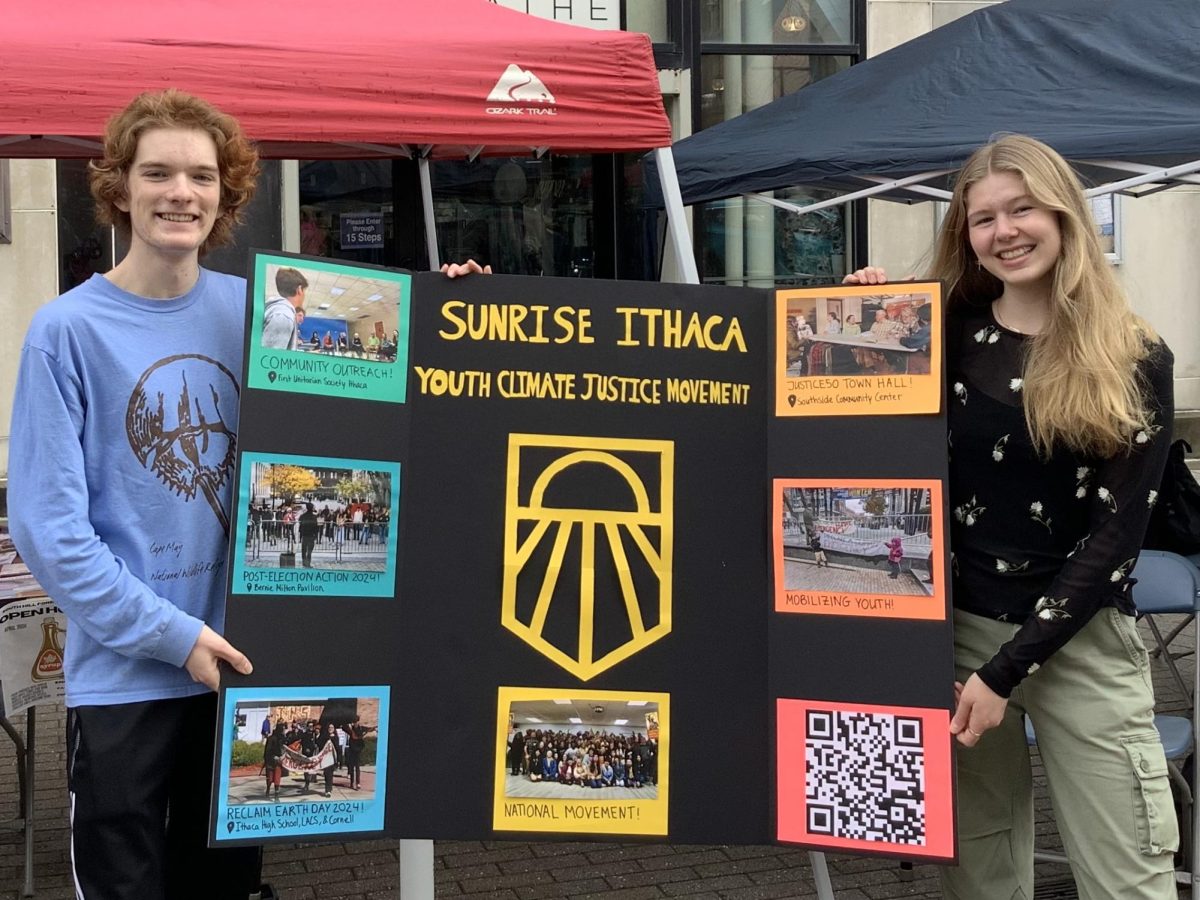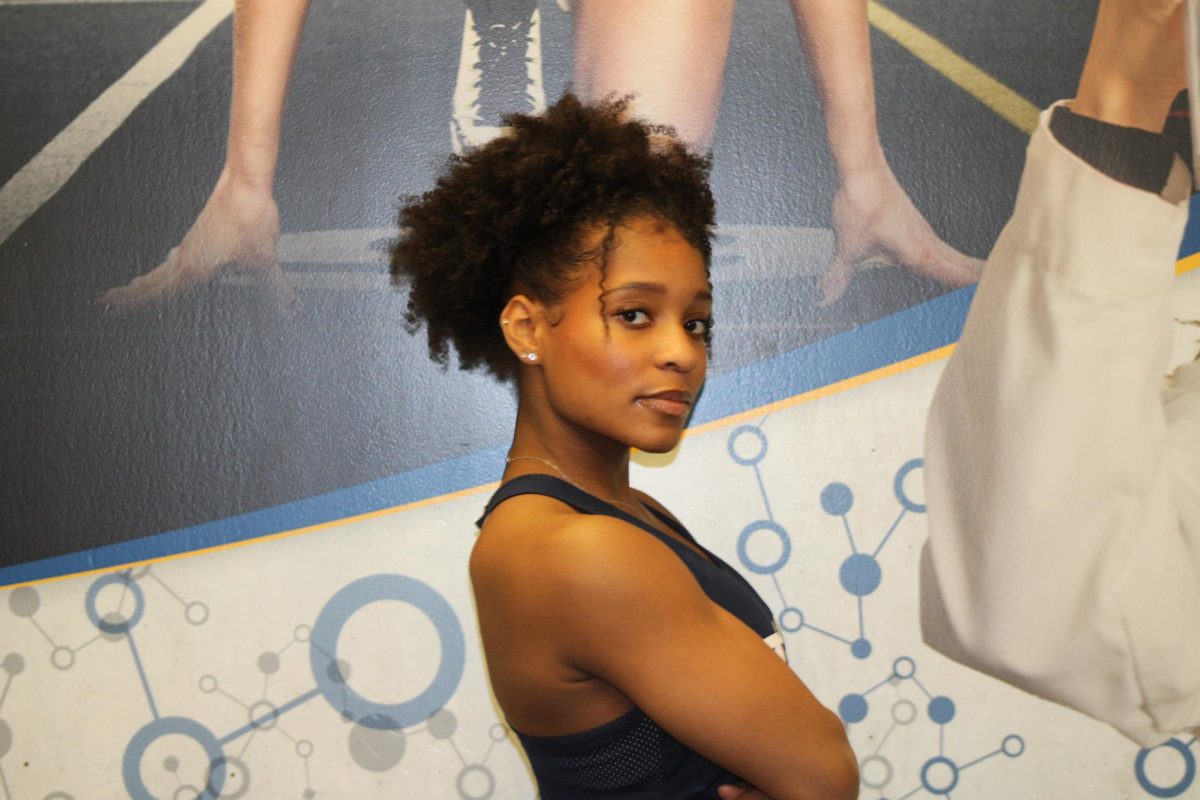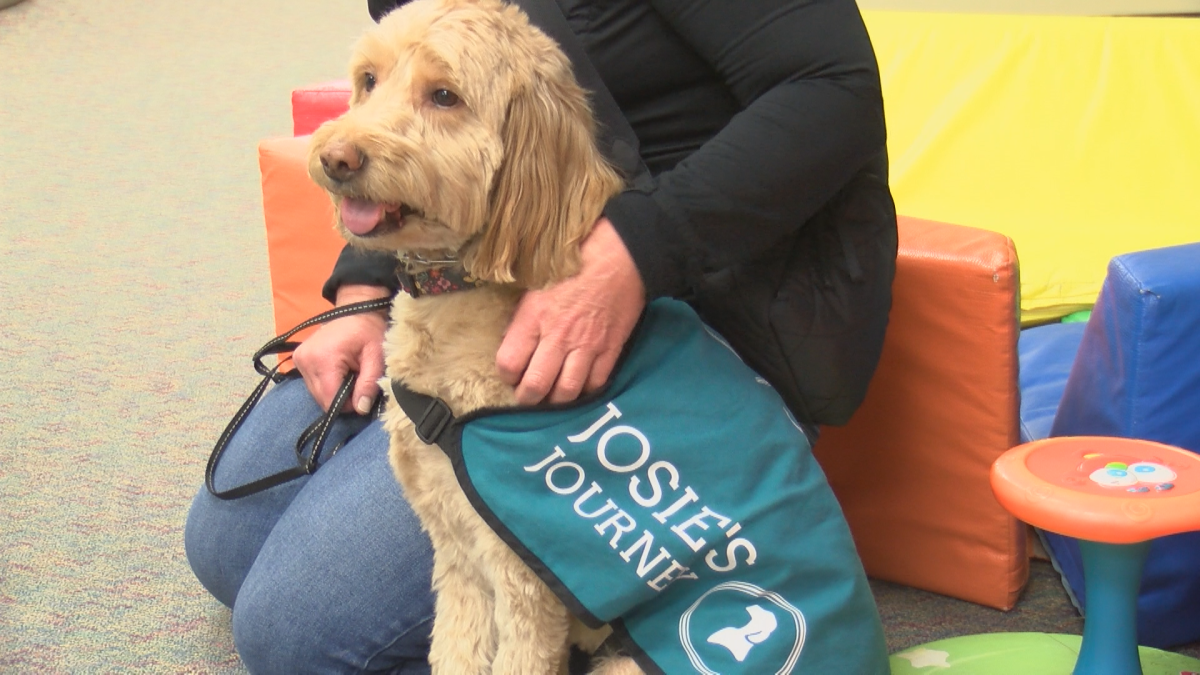
On a rainy Saturday in downtown Ithaca, N.Y. a group of community members gathered in Dewitt Park on Buffalo Street to celebrate three things: public art, community building and accessibility.
On Oct. 28, the second of two descriptive walking mural tours took place. Both tours were free to attend and were facilitated by the organization Vocal Eye.
The importance of accessibility
Based in Canada, Vocal Eye aims to increase the accessibility of art for individuals who are blind or partially sighted. One way that the organization does this is through online crowd sources.
During these crowd sources, anyone can send in descriptions of physical elements and emotional components of different art pieces. Once crowdsourcing was complete, interested community members toured the artwork and listened to the descriptions.
The Crowder Ithaca project was co-hosted by Lucy Jiang, a graduate student at Cornell University and Caleb Thomas, the founder of Ithaca Murals. The Finger Lakes Independence Center (FLIC) was involved in

organizational support of the project.
Jiang said that she was interested in this project because she believes the accessibility of public art is an important subject that often gets overlooked.
“Public art is so readily available to sighted people but unfortunately to blind and low vision people it’s a lot less accessible,” Jiang said.
Becoming a more inclusive community
During the descriptive mural tour, participants were encouraged to talk about how they felt after hearing the descriptions of the pieces. Caleb Thomas, who knows many of the artists personally, was able to provide background information while Jiang read off the crowd sourced descriptions. Thomas said that his favorite part of the tour was the community engagement it fostered.
“It was heartwarming, the conversations in front of different murals about the meaningfulness about black artists and indigenous artists and young people,” Thomas said. “I love the conversations that it inspires.”

Valerie Foster Githinji, an advocacy and support specialist at FLIC, provided organizational support for the mural tour by encouraging members of the community who have low or reduced vision or mobility issues to attend.
“It’s just great to bring people who usually can not attend or feel like they can not attend maybe because of transportation or accessibility or they don’t have someone to help them cross the street,” Githinji said.
Ithaca; a city filled with art
Githinji said Ithaca was a great place to attempt this project because of the amount of murals that exist throughout the city. According to Ithaca Murals, there are more than 200 murals throughout the city.
“We’re lucky in Ithaca because we have all of this public art through murals [and] they all have really intense beautiful meanings which is so important especially when many of us feel silenced in a variety of ways socially and politically,” Githinji said.
Jiang said that coming from Seattle, a much larger city than Ithaca, it was refreshing to see how much the tours inspired conversations and reflections between attendees.
“It feels so much more like a small community here that I think really makes these kinds of events feel even more powerful when you’re really deeply impacting this small community and making sure that everything is more accessible to them,” Jiang said.
Jiang said that she hopes this project is just the start of making art more accessible and inspires future projects down the road.
“Art brings joy to everyone,” Jiang said. “So it’s really important to make it accessible, to make it shared by everyone.”
https://www.youtube.com/watch?v=ak_AzcISZPY



